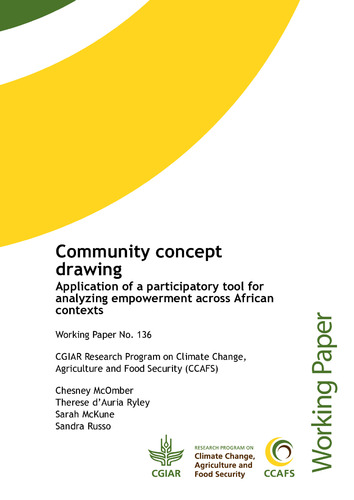Community concept drawing: Application of a participatory tool for analyzing empowerment across African contexts
Abstract
Women’s empowerment is a driving concept in feminist and gender scholarship and is seen as an indicator of a woman’s agency in social and economic spheres. Yet, there is much debate over what this term actually means, how it should be operationalized as a concept in development research. This has been especially true among scholars and practitioners who use empowerment as a guideline by which to measure and evaluate social dynamics in communities affected by climate change. Most recently, the Women’s Empowerment in Agriculture Index has joined a growing number of tools aimed at measuring empowerment in developing countries. Such indexes however, are unable to account for culturally specific meaning and nuance that shape local understandings of empowerment. This article introduces qualitative and ethnographic methodological tools that provide a means to understand and engage culturally specific, local definitions of empowerment. We seek to first identify those indicators most salient within the village communities participating in the study. We then seek to understand the implications of these conceptualizations in the broader context of climate information accessibility and utilization. This study was implemented in four rural villages located within Kenya and Senegal, each with varying levels of interaction with CCAFS programs. Cross-examination of site specific data yields an understanding of how cultural norms and values shape local perceptions of empowerment in ways that are critical for development practitioners and scholars who to understand how power operates within communities affected by climate shocks. Such analysis is critical to a more accurate understanding of the locally specific context of gender inequity from which to align development-based programs. This article serves to broaden the definition of women’s power to include culturally-relevant variations in the concept and provides one methodology for doing so.

